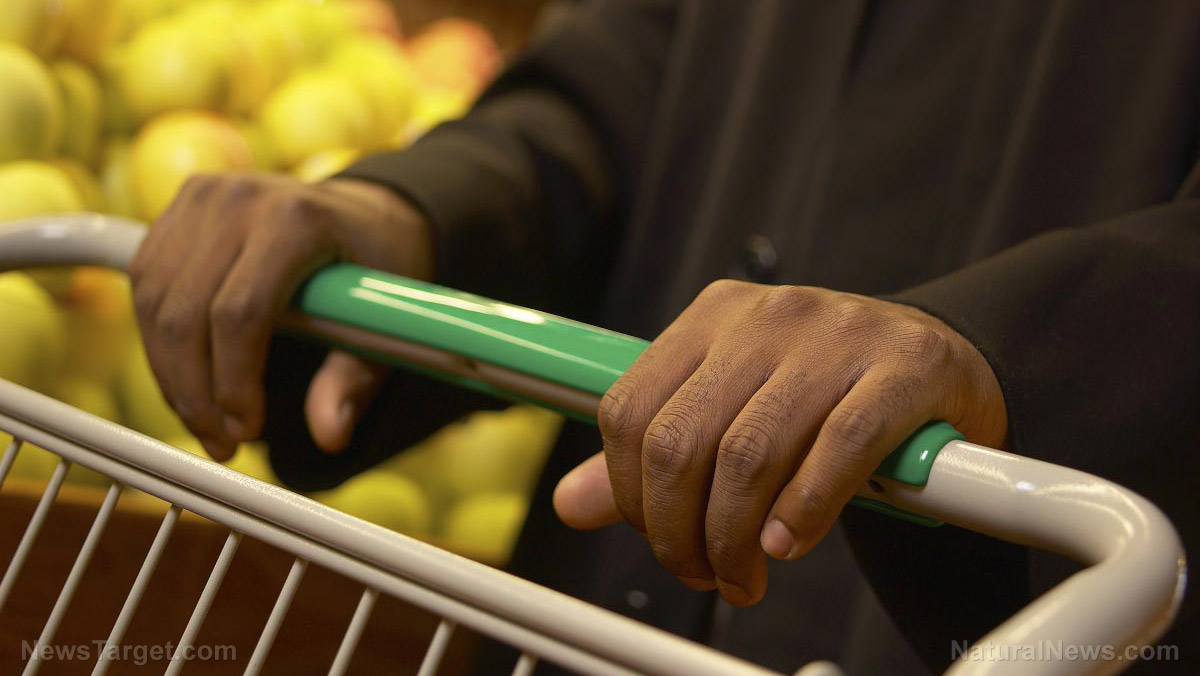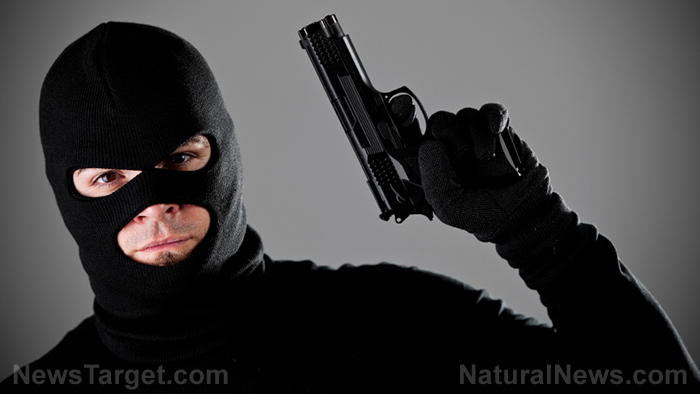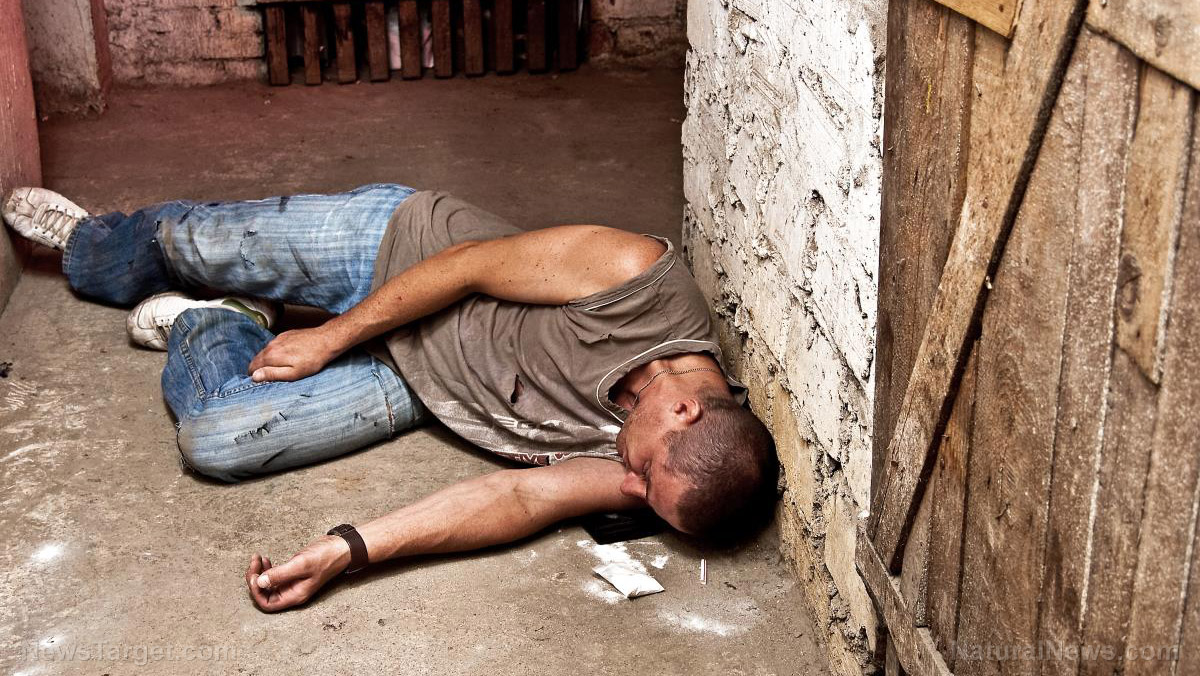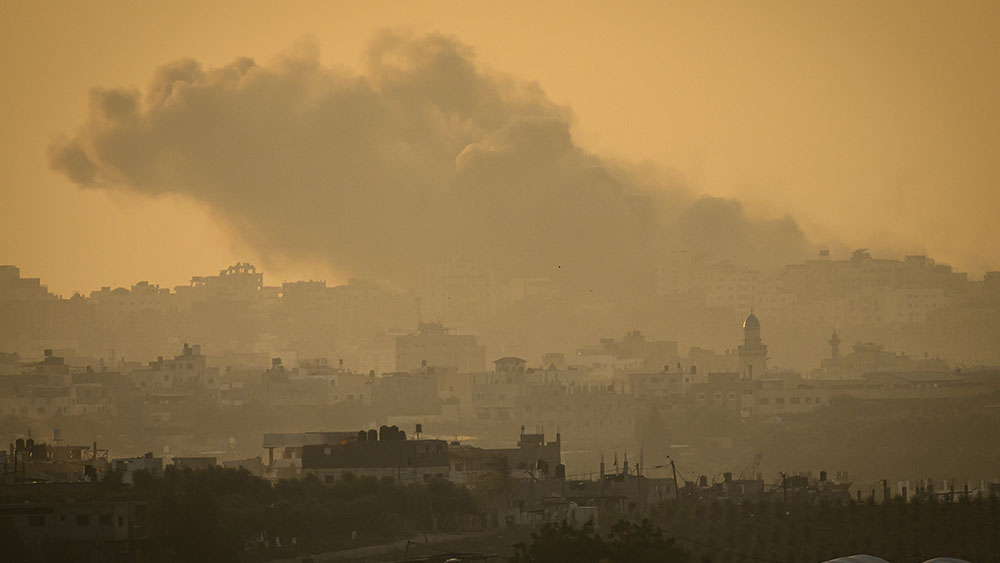
Gun violence in Sweden
In 2013, Sweden was ranked first in personal safety, third in air, water and sanitation and fourth in nutrition and basic medical care. But an article published by Germany's top-selling newspaper Bild revealed that data from a study conducted on fatal gun violence by the Swedish National Council for Crime Prevention (SNCCP) suggests that the country isn't as safe as it once was. Bild journalist Ingrid Raagaard said that based on the SNCCP data and other issues in Sweden, like prevalent gang violence and drug trafficking, things will get worse unless authorities take action. In the European Union (EU), an average of eight people per million suffer from fatal violence. Raagaard wrote that the number of people who suffered from fatal violence in Sweden last year was 12 people per million. There's also a stark difference between Europe and Sweden when it comes to firearms victims. In the EU, an average of 1.6 people per million die from gunshot wounds. But in Sweden, the figure is four – almost three times as many compared to the rest of the EU. There's also a clear contrast among the age group of 20- to 29-year-olds. In most EU countries, there are between zero and four firearm victims per million. In Sweden, there are 18 deaths per million. The Netherlands is far second with six deaths per million in the 20-29 age group.Deadly shootings in Sweden started to go up in mid-2000s
Data from the SNCCP report showed that none of the other countries included in the study experienced similar increases. In Sweden, a decline in other forms of deadly violence such as knife crime overshadowed the rise in fatal shootings. Out of the 22 European countries analyzed in the report, data from 2014 to 2017 ranked Sweden in second place, behind Croatia and ahead of Latvia. In 2018, Sweden took first place, although some countries didn't have complete data that year. In 2020, Sweden recorded more than 360 cases of gun-related violence, with 47 deaths and 117 injuries. Hakan Jarborg, a police chief in southern Sweden, said that the increase in gun violence in Sweden is "unique in comparison with most other countries in Europe." Between 2000 and 2003, Sweden was 18th out of the 22 countries for deadly shootings per capita. But following a long period of decline, deadly shootings in the country started to go up in the mid-2000s. Shootings in Sweden continued to increase while lethal violence declined in other European countries. (Related: Sweden goes from being one of the safest countries in Europe to the second most dangerous.) "The increase in gun homicide in Sweden is closely linked to criminal milieux in socially disadvantaged areas," said the report. Shooting deaths in Sweden had more than doubled between 2011 and 2019. Now, shootings accounted for more than 40 percent of violent deaths in the country. Over eight out of 10 shootings were linked to organized crime, a figure relatively higher compared to other countries. Potential factors linked to the shootings include gang wars, the drugs trade and low confidence on police.One killing triggers another
Klara Hradilova Selin, a researcher at SNCCP, said that one killing often triggered another nearby, like a "kind of social contagion." Sweden’s Social Democratic government has attempted to take down gangs several times in the last few years. Raagaard noted that Sweden's crime rates started getting worse by 2005 and have skyrocketed since then. As of writing, there are at least 60 "no-go zones" all over Sweden, especially around the outskirts of major cities like Stockholm, Malmo and Gothenburg. Within these areas, foreign criminals hold sway and local law enforcement is reluctant to operate. But instead of getting the word out to citizens, members of the mainstream media claimed that migrant-heavy "no-go zones" don't exist in Sweden. They just call them "vulnerable areas." Raagaard said more citizens fear for their lives as innocent bystanders usually become victims of warring gangs. Sweden's Minister of the Interior Mikael Damberg said the country "must not get used to the crime rates" and that "it's still possible to reverse the trend." Visit Violence.news for more articles about crime rates in countries across the world. Sources include: Europe.InfoWars.com BusinessInsider.com TheGuardian.comDesperate farmers participate in wild bidding wars for used tractors in auctions
By Matthew Davis // Share
Worldwide supply chain shortages may last until 2023 due to surge in household spending
By Matthew Davis // Share
Dr. David Martin – Follow the patents, then you will understand COVID
By News Editors // Share
High prices are here to stay as supply chain disruptions continue
By Mary Villareal // Share
Prices of used tractors surge as month-long John Deere strike continues
By Cassie B. // Share
Los Angeles police tell robbery victims to “cooperate and comply” with thieves
By Cassie B. // Share
Vaccine-induced encephalitis and other brain injuries were REBRANDED as "autism"
By ljdevon // Share
A new front in the drug war: "Rhino Tranq" emerges in California
By willowt // Share
The frozen larder: Why winter foraging is a test of planning, not plenty
By willowt // Share
Israeli forces kill Palestinian child amid deepening humanitarian catastrophe in Gaza
By patricklewis // Share
Gold, BRICS and the Battle for Dollar Dominance: The looming COLLAPSE of dollar hegemony
By kevinhughes // Share











